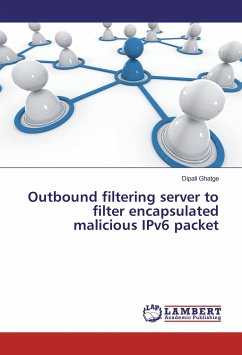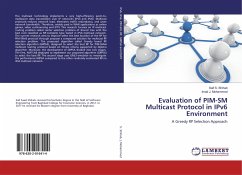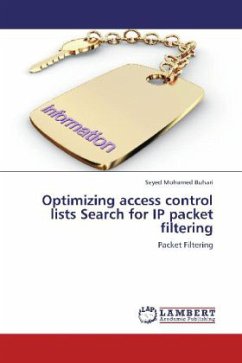Deployment of a new generation of Internet protocols is on its way. In the meantime, the deployment raises considerable new issues, being security one of the most compelling. As IPv6 in not in use now a day's much thought and attention has been paid to how IPv6 networks will be transmitted through IPv4 networks. Tunneling consists of encapsulation of the packets of a network protocol within the packets of a second network protocol. Tunneling provides a way to use an existing IPv4 routing infrastructure to carry IPv6 traffic. The key to a successful IPv6 transition is compatibility with the existing installed base of IPv4 hosts and routers. This usually involves encapsulating IPv6 packets within the payload of an IPv4 packet. This mechanism is called 6 to 4 tunneling. These 6 to 4 tunnels are not secured. When IPv6 packet is encapsulated in IPv4 payload then there is no means for an administrator to know about IPv6 traffic that has tunneled into their networks. Attackers may use this potential oversight to establish safe havens for attack. So that the protocol IPv6 can be used to deliver malware. This Book Explores the mechanism to find the such malacious packets.
Bitte wählen Sie Ihr Anliegen aus.
Rechnungen
Retourenschein anfordern
Bestellstatus
Storno








